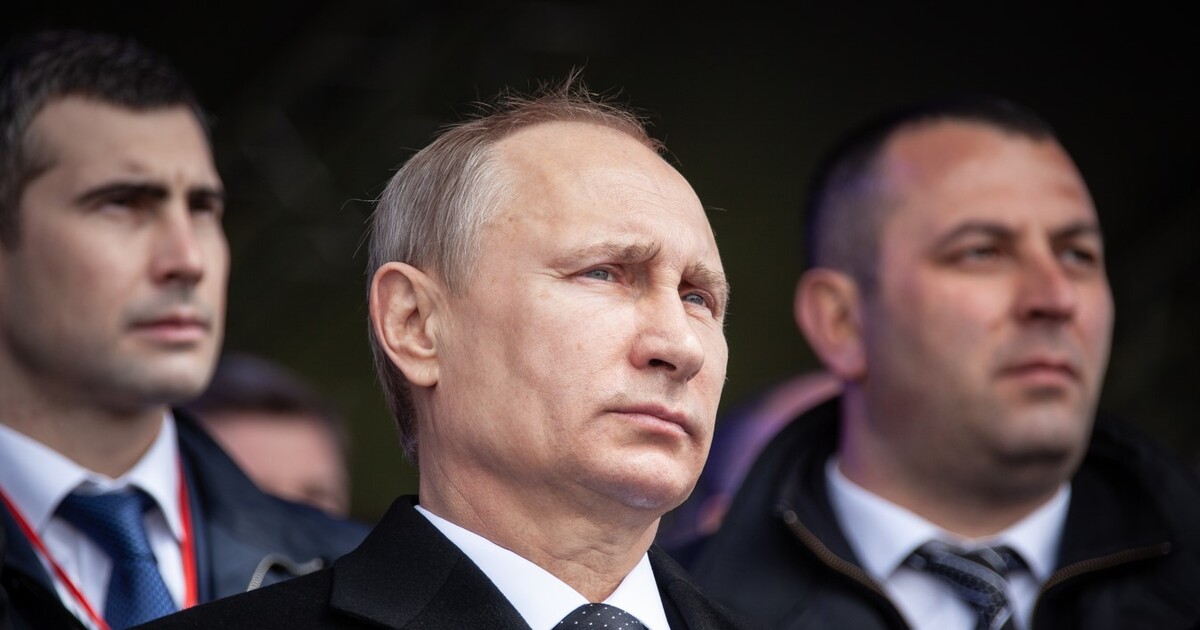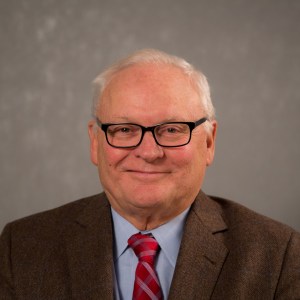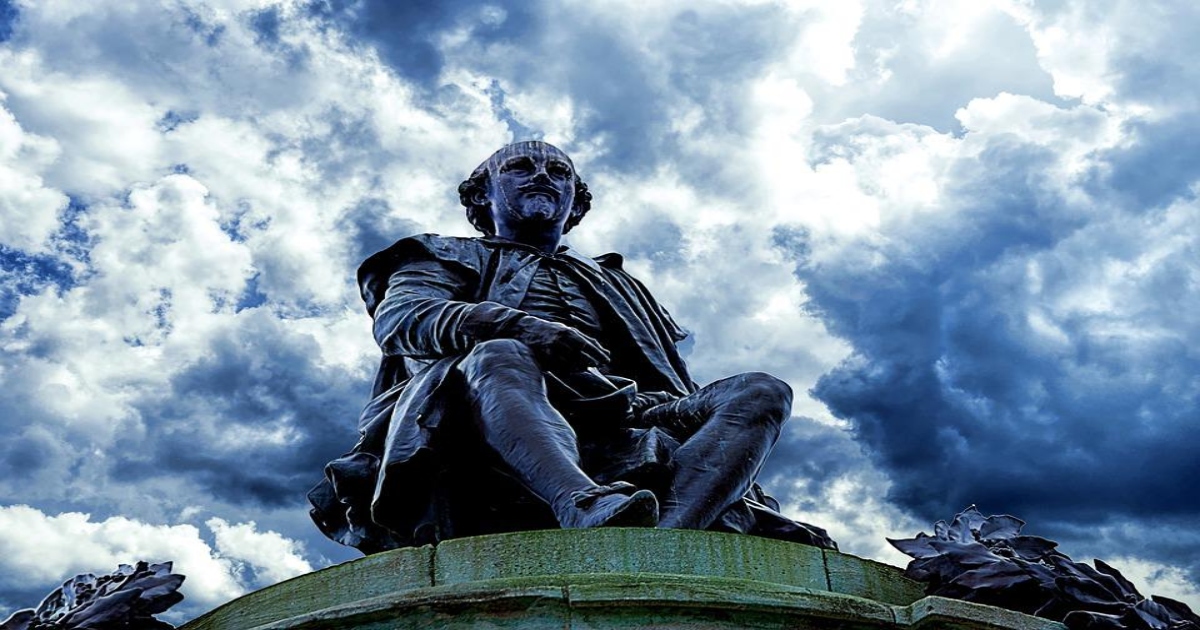Putin, the Master Strategist? Is 2021 Our 1914?
Why the strategic situation in Europe today, occasioned by the standoff at the Polish-Belarus border, resembles 1914 more than that of the Cold War.
November 16, 2021

In 1914, as the historian Christopher Clark described it, Europe “sleepwalked” into war. A relatively insignificant event, the assassination of Archduke Franz Ferdinand of Austria Hungary, led to a calamitous chain of events.
Tripping into a self-made trap
First, the Hapsburg empire called on Germany to back it in its confrontation with Serbia. That, in turn, led to the famous blank check of Germany and the counter mobilization of the Russian, French and British “Triple Entente.”
The result was a war from which Europe has never fully recovered. None of the leaders of those countries wanted or expected war until it was too late.
The Belarus crisis, in context
Today, a similar danger is emerging. The actions of Belarus, now backed by Russia, are far more than a deliberately triggered refugee crisis. They are a deliberate attempt to provoke both the European Union and NATO, with the subsequent danger of escalation.
The ingredients are all there: The Belarussian dictator, Lukaschenko, is like a tin pot version of Emperor Franz Joseph I of Austria Hungary. Facing the threat of the loss of power at home, he is desperate to preserve his “empire”.
Russia: Eternal negative force?
To that end, Lukaschenko has enlisted Russia as a means of suppressing his own population and countering western sanctions.
Under Putin, Russia is always ready to jump at any opportunity to act as a spoiler in the international arena. It is a nation that, sadly, excels only in negative displays of power.
EU mostly standing by Poland
In response to the sanctions the EU has imposed on Belarus to date, Lukaschenko has confronted the EU with the migrant crisis at the border with Poland.
Poland’s nationalist government sees this as a direct threat and has endeavored to mobilize the European Union against it.
It has succeeded largely because a growing number of EU member states realize that the refugee “game” as played by Lukaschenko and Putin, his puppet master, cannot go on.
Putin, the gambler
As it stands, Putin may turn out to be all too cocksure. Lukashenko’s threat to cut off the shipment of Russian natural gas to Europe gives Putin another lever – but also a new risk.
He has even indicated Russian support by sending nuclear capable bombers near the Polish border and is ramping up the pressure on the border with Ukraine
Déjà vu?
The strategic situation in Europe today resembles 1914 more than that of the Cold War. It is much more fluid with a number of grey areas and uncertain spheres of influence.
Ukraine today is not Hungary in 1956. Hungary was clearly in the Soviet alliance system. In contrast, Ukraine today is not a member of the NATO alliance – despite those who call it an ally.
For that reason, Ukraine lives in a security no man’s land, as coincidentally was the case with Serbia in 1914.
The U.S. Factor
The credibility and predictability of the United States is weaker than it was when Europe was divided. It now faces a great strategic challenge from the rise of China and escalating tensions over Taiwan.
Putin, in all his cocksureness, can easily miscalculate U.S. intentions and push it into a conflict neither foresees. It is not inconceivable that the United States, like Wilhelm’s Germany, could be pulled in by its NATO allies in Poland and the Baltic states.
More brittle than in Cold War times
On the domestic political side, neither the United States nor Russia is as stable or predictable as they were in the Cold War.
The Soviet Union had a more cautious collective leadership than the Putin system which is vulnerable to the decisions of one man.
In addition, the Cold War and especially the threat of nuclear war with the USSR crucially limited the political divisions within U.S. politics and resulted in a bipartisan foreign and defense policy.
Those days are now long gone and neither Putin nor America’s NATO allies can have much confidence in the stability or predictability of U.S. policy.
Putin as another Tsar Nicholas II?
Putin and his Chinese partners clearly believe the United States is on the decline and vulnerable.
At the same time, Putin is more like Imperial Russia’s last Tsar, Nicholas II, an insecure leader who depended on what Germans call a Feindbild or image of an enemy to justify his authoritarian regime.
His base of power is with the security services, the Siloviki, so he cannot be seen to back down to an external opponent.
As he has shown in Syria, Putin values Russian credibility in defending it client states above all. For Putin, the American defeat in Afghanistan is further proof of the U.S.‘s lack of strategic resolve.
Putin: Imprisoned by fear
Both Belarus and Ukraine are tied to the legitimacy of the Putin system which needs external enemies to justify its dominance of Russian society and fears the attractiveness of democratic alternatives.
Conclusion
The potential for miscalculation is as high as it was in August 1914. But here we are. We have:
- A Russian leader who needs to reinforce his legitimacy
- A U.S. leader who cannot afford to be weak on Russia
- A Polish government which sees the Russian regime and foreign migrants as direct threats to its own security and legitimacy and
- A European Union which is directly threatened yet divided and militarily weak.
No one wants war – but no one outside of Serbia did in 1914 either.
Takeaways
The potential for miscalculation is as high as it was in August 1914. No one wants war – but no one outside of Serbia did in 1914 either.
Putin, in all his cocksureness, can easily miscalculate U.S. intentions and push it into a conflict neither foresees.
On the domestic political side, neither the United States nor Russia is as stable or predictable as they were in the Cold War.
The Soviet Union had a more cautious collective leadership than the Putin system which is vulnerable to the decisions of one man.
Putin is more like Imperial Russia’s last Tsar, Nicholas II, an insecure leader who depended on what Germans call a Feindbild or image of an enemy to justify his authoritarian regime.
Both Belarus and Ukraine are tied to the legitimacy of the Putin system which needs external enemies to justify its dominance of Russian society and fears the attractiveness of democratic alternatives.

